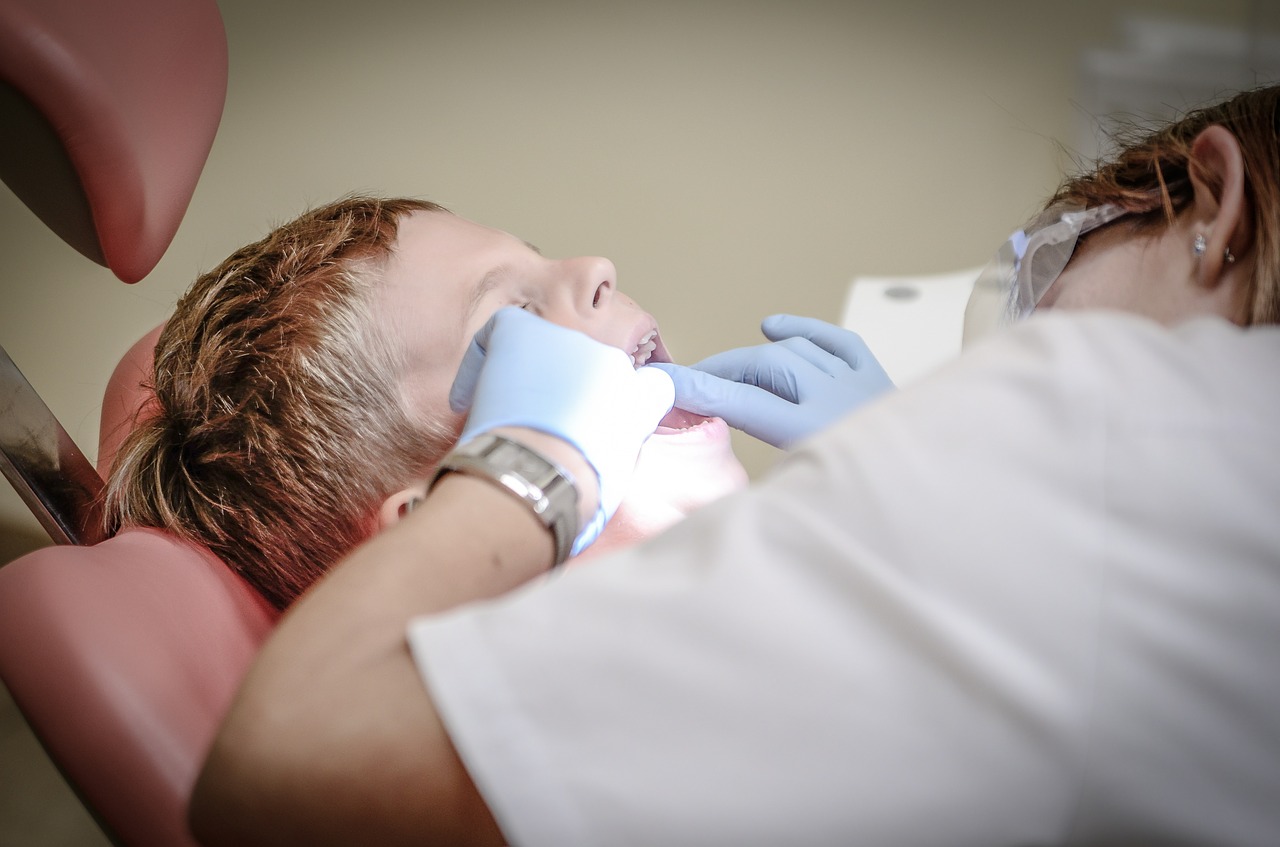Teeth Misalignment Linked to Swallowing Difficulties in Girls with Rett Syndrome, Study Says

Teeth malocclusion, or misalignment, is linked to severe dysphagia (difficulty in swallowing) in girls with Rett syndrome, a study finds.
The research was reported in a study, “Correlation Between Dysphagia and Malocclusion in Rett Syndrome: A preliminary study,” published in the Sultan Qaboos University Medical Journal.
Rett syndrome is a rare genetic disorder that affects girls almost exclusively and is characterized by developmental and intellectual disabilities. Rett patients typically have severe impairments in learning, communication, and motor coordination.
“Patients with Rett syndrome often have feeding and digestive problems aggravated by (…) respiratory anomalies, ineffective tongue movements, incomplete chewing, and head and neck dysmorphism [abnormalities],” the researchers wrote. Dental anomalies are also common, such as “malocclusion resulting from unfavorable growth patterns and incorrect mandibular positioning associated with exacerbated open-mouth breathing and tongue thrusting habits,” they added.
A group of Italian researchers set out to investigate whether teeth malocclusion could be linked to swallowing difficulties in a group of girls with Rett syndrome.
This preliminary study was carried out at the Ear, Nose & Throat Clinic of the University Hospital of Siena, in Italy, between January 2014 and December 2017. It enrolled 56 girls with confirmed Rett syndrome, from 8 to 17 years old. They were divided into different groups, depending on the degree of teeth malocclusion and on the severity of dysphagia they had.
From the 56 girls participating in the study, eight (14.3%) had mild, 18 (32.1%) had moderate, and 30 (53.6%) had severe dysphagia. Regarding teeth malocclusion, four (7.1%) girls had a misalignment of less than 2 mm, 10 (17.9%) had a misalignment of 2–3 mm, 26 (46.4%) had a misalignment of 3–4 mm, and 16 (28.6%) had a misalignment of more than 4 mm.
Mild dysphagia was found in all the girls who had less than 2 mm of teeth misalignment and 40% of girls with 2–3 mm of teeth misalignment. Moderate dysphagia was observed among 60% of girls with 2–3 mm in teeth misalignment and 38.5% of girls who had 3–4 mm of teeth misalignment.
Finally, 28.6% of girls who had 3–4 mm of teeth misalignment, and 87.5% of girls who had more than 4 mm of teeth misalignment had severe dysphagia.
Subsequent analyses confirmed that the degree of teeth malocclusion is strongly correlated with the severity of dysphagia in this group of patients.
“This preliminary study showed a significant correlation between malocclusion and dysphagia in patients with Rett syndrome, with a higher degree of malocclusion associated with more severe dysphagia,” the researchers stated.
Therefore, the team believes that “correction of the malocclusion” could result in improvements in the oral stage of swallowing and reduce dysphagia severity. “This would promote a normal diet, delaying the risk of ab ingestis [involuntary food inhalation] pneumonia, ultimately improving the patient’s quality of life,” they said.
However, teeth malocclusion is only one possible cause of dysphagia in this population, and “therefore such corrective measures may prove insufficient to treat affected patients,” they added.






